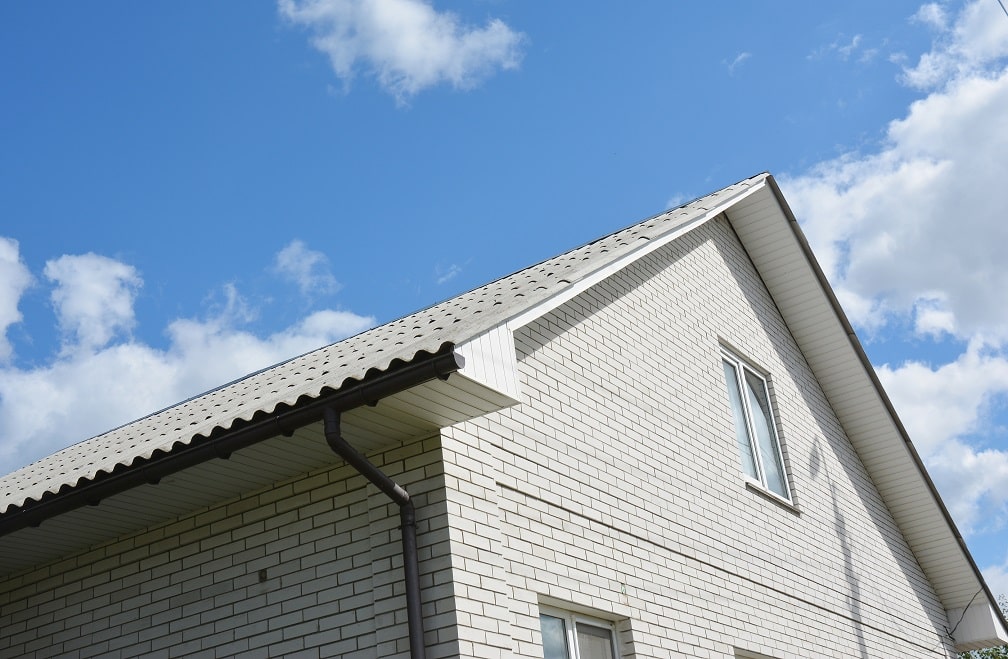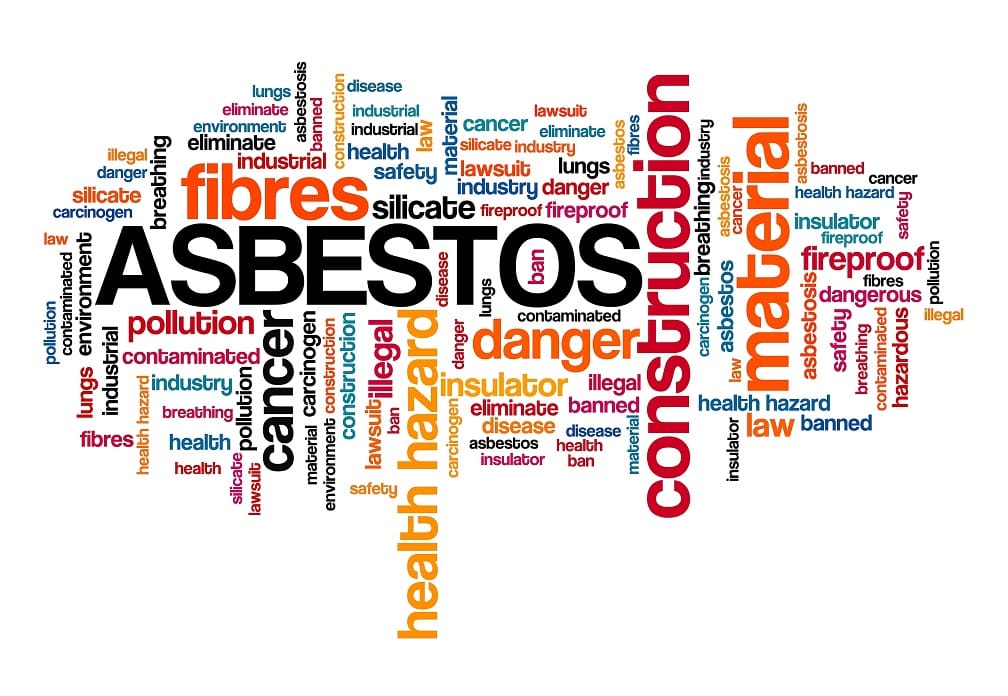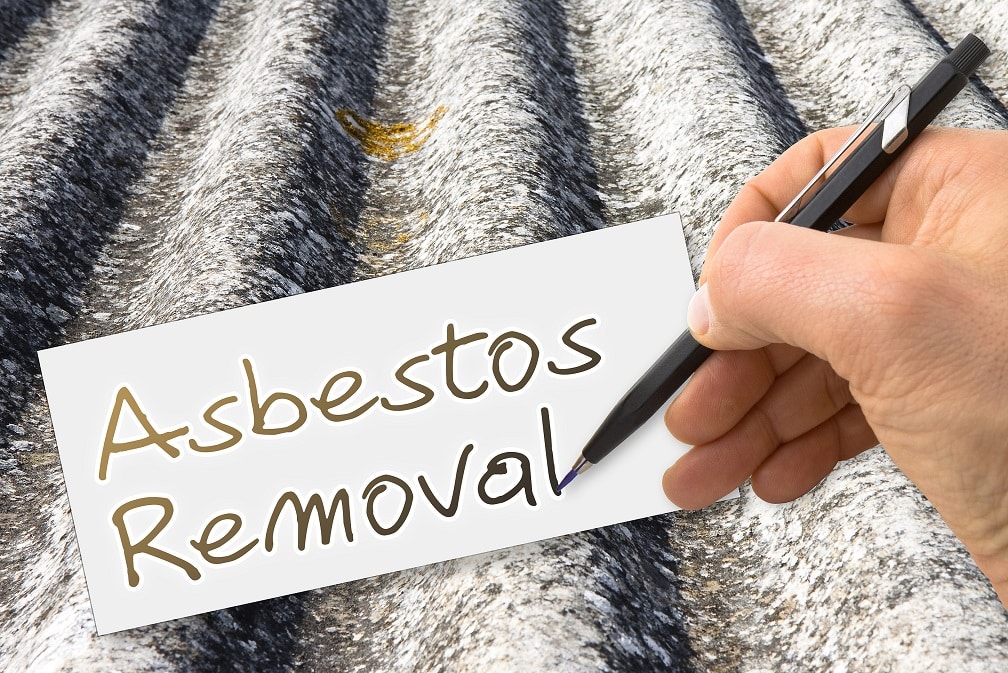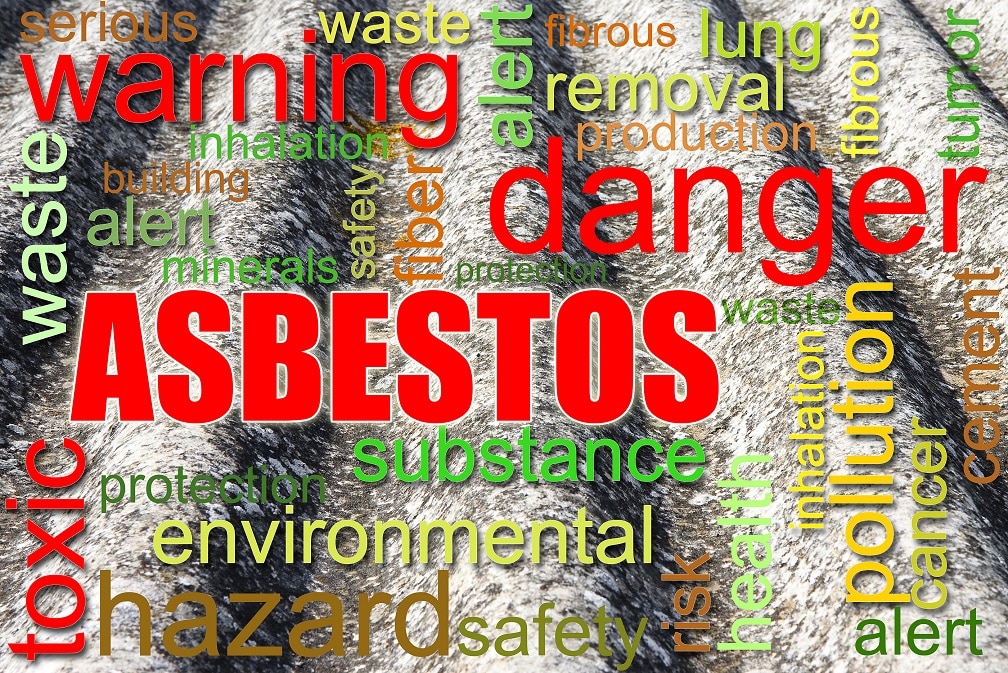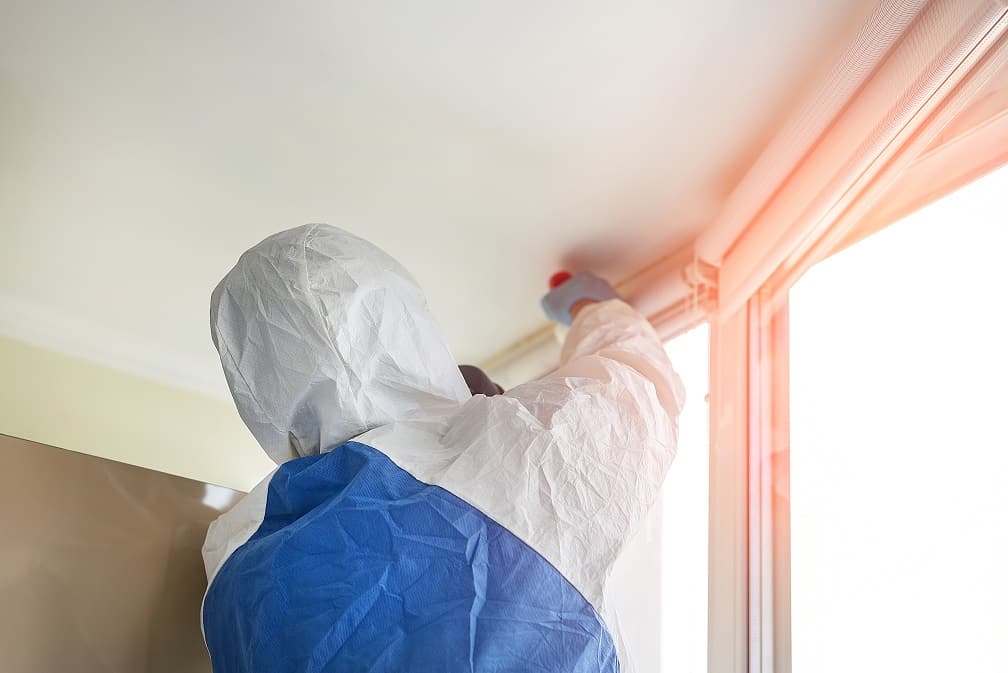Asbestos is a building material widely used from the 1930s to 1970s until it was considered a health hazard by several major organizations. These bodies include the United States Environmental Protection Agency (US EPA) and the World Health Organization (WHO). Asbestos material was a viable choice of construction back then because of its qualities, such as heat resistance, insulation, and malleability, among others.
To be succinct, the term asbestos is a generic word for six diverse materials. These naturally occurring minerals include; Chrysotile, Amosite, Crocidolite, Anthophyllite, Actinolite, and Tremolite. Each of these types of Asbestos has distinct physical properties. Therefore, they were used in different applications in many homes.
The manufacturing companies responsible for the mining and the use of Asbestos as a construction material knew the detrimental health effects of what they were making but continued to maliciously risk people’s lives and continue generating profits. Companies in charge used to conceal this risk factor caused by Asbestos, and it continued to be used for decades all around the United States, and globally.
The Current Status
Currently, the asbestos industry has been significantly diminished after it was declared a health hazard for its carcinogenic effects. The sole type of Asbestos mostly used to date is Chrysotile, also known as White Asbestos. It is commonly found in roofs, walls, ceilings, and building floors. The only reason Chrysotile is still used in the present is because it is termed as the least risky to human health. A person has to be exposed for a long time to suffer the health implications of this type of Asbestos.
Based on the prevalent use of Asbestos in earlier years, it is not a surprise to find out that one part of your house may be made of this dangerous material.
How to Check the Presence of Asbestos in your house
Due to Asbestos’s diverse applications in the United States, this natural material may be located in any part of your house. Prevention is better than cure, so it may be better to know how safe your home is, especially if it was constructed during the 1970s or before.
The process of finding Asbestos in your home is simplified by narrowing down the search to the areas it is highly likely to be placed, based on how it was applied. Hiring a professional to handle the entire process is ideal, but if you are more hands-on and would prefer to do it by yourself, here is where to begin.
The most common places to verify:
- Cemented places like water tanks, rainwater drainage, and gutters.
- The floors of a building (PVC tiles)
- Walls (exterior part)
- Sprayed coating and painting on walls and ceilings
- Roof tiles.
Steps to Take if you Find Asbestos in your House
Most people know that the presence of Asbestos in the house is a significant health hazard, meaning it may be shocking to find it in your home. However, the fact remains that the risky nature of Asbestos is more pronounced when it is handled inappropriately or disturbed.
So what should you if you find Asbestos in your house?
1. Be Calm
If you find it in a part of your house, trying to get rid of it without the necessary expertise is highly likely to land you into more trouble. If the Asbestos is in good condition, the optimal decision is to leave it. Fortunately, asbestos material does not release its fibers if it is in a good state; hence why it is vital to take necessary measures to help maintain its good state.
2. Don’t Touch
If you suspect that a material is made of Asbestos, you should refrain from touching it. Instead, it is advisable to check for signs that indicate if it is in a good state or not. Indicators that show wear or damage, such as a cut, tear, water damage, or abrasions, show that asbestos material is not is a good state.
If you see any of these indicators, you should limit access to the particular area to limit exposure to asbestos fibers. Even if your asbestos material is in a good state, any type of contact should be avoided because it is easy to cause unexpected damages.
3. Seek Assistance from Relevant Professionals
There are only two actions that a professional accredited to deal with Asbestos can take, either repair or removal.
Asbestos Repair
Asbestos repair is the easier of the two and most common way to deal with asbestos surfaces. Repair should be done by a qualified personnel who knows how to deal with the process without exposure to asbestos fibers.
Encapsulation or sealing is a repair technique that holds asbestos fibers together; it can also cover the entire surface in a way that its fibers will not be released. Encapsulation is often used to repair asbestos surfaces used in furnace insulation, pipes, and burner insulation.
Covering or enclosure repairs an exposed asbestos surfaces by totally covering it up with another material to avoid any of the asbestos fiber from being released.
Removal of Asbestos
Asbestos removal is a more intricate process and should be avoided unless the material has been seriously destroyed that it will be more hazardous if left unattended. There are people to take care of this process and hence should not be handled without requisite expertise.
Occupants of a house are advised to be absent during the removal of asbestos material because the atmosphere gets polluted during this process. It may be easy to inhale asbestos fibers, which may result in a myriad of health complications.
Conclusion
If you find out that a part of your house is made of Asbestos, it is important to mitigate its undesired health effects by communicating with the necessary environmental organizations. Fortunately, several institutions in the United States can help deal with Asbestos in your house.
Asbestos’ health effects are made apparent when its material fibers are released into the air and later inhaled. Therefore, all exposed asbestos surfaces should be repaired accordingly, and if the need calls for it, complete removal can be done by a trained professional.

